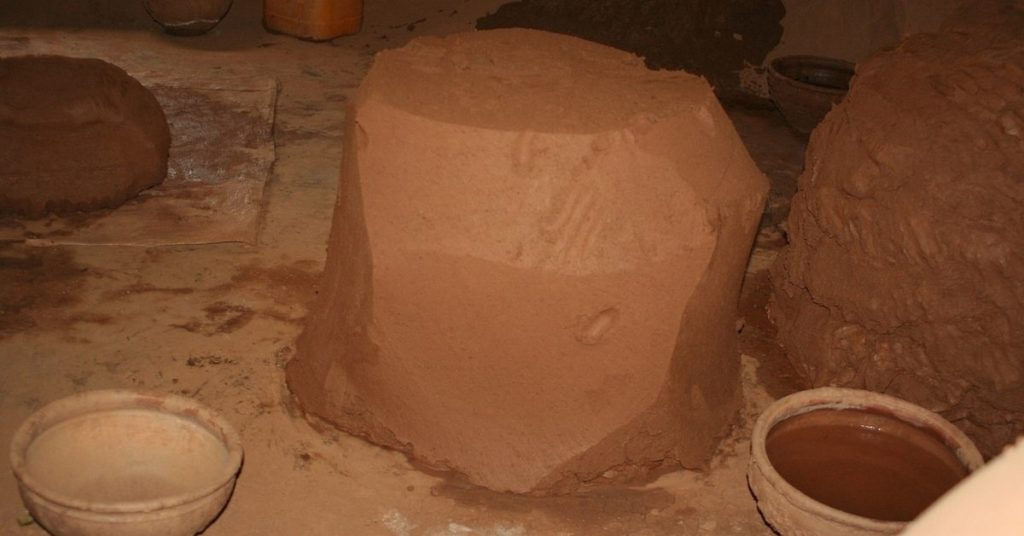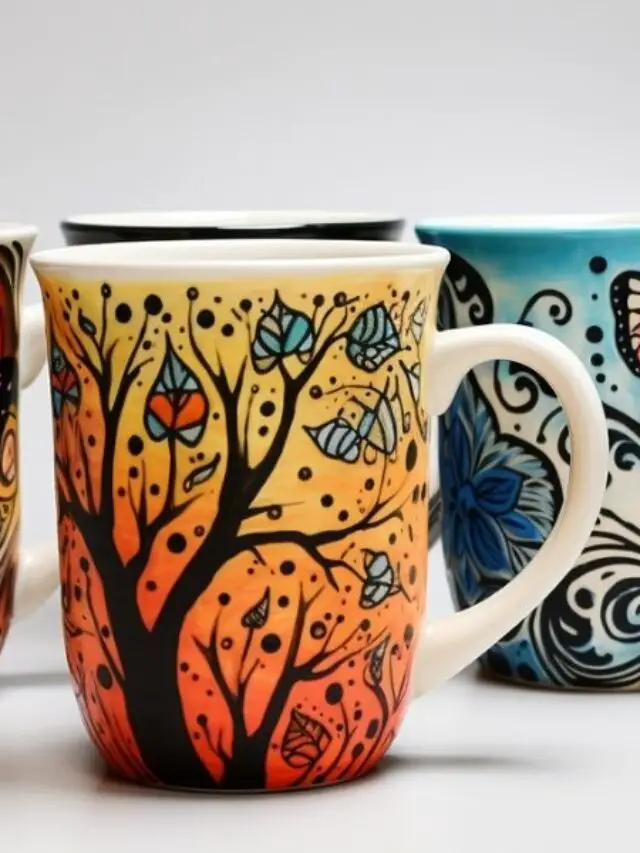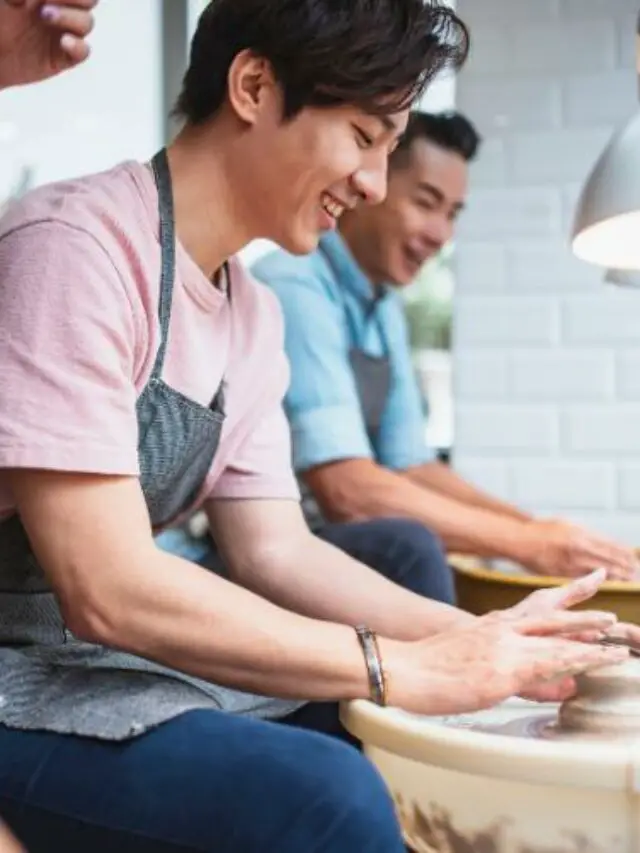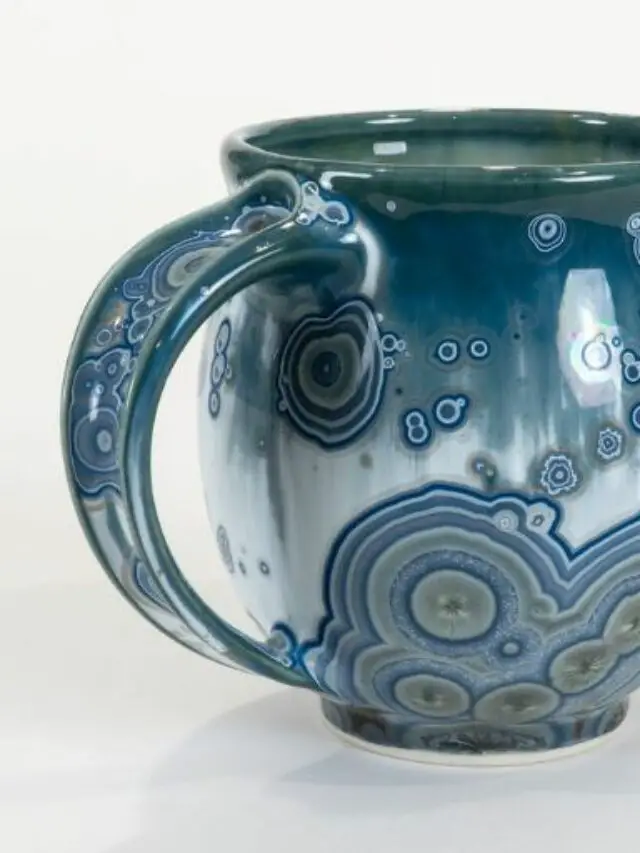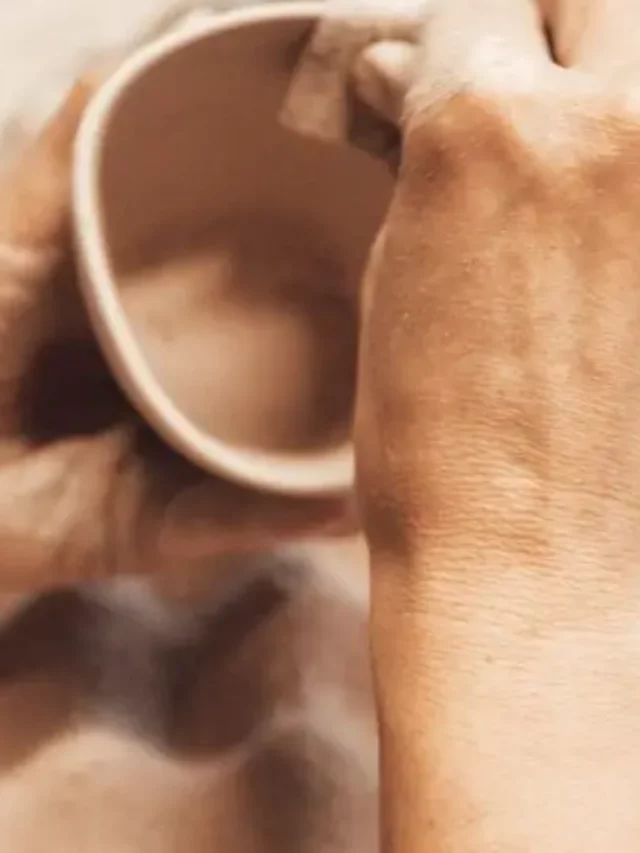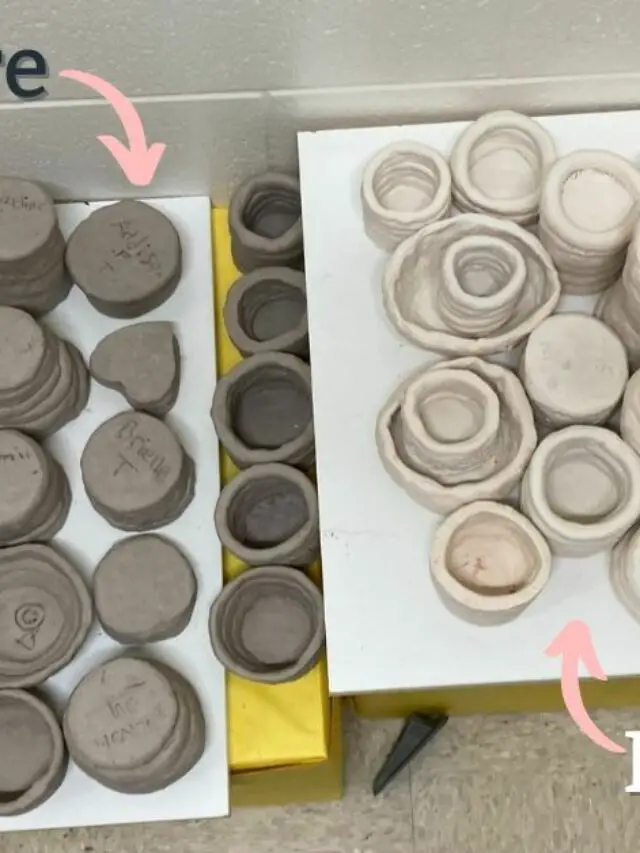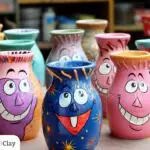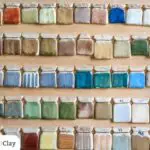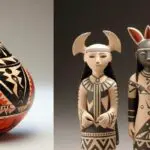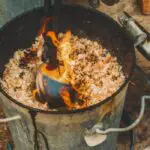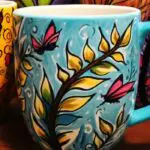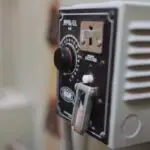So you’re starting a pottery project, but you’re not sure what pottery clay would be best. In this article, we’ll cover the 4 different types of clay for pottery and what it’s like to work with each kind of clay.
What are the 4 types of clay for pottery?
The 4 types of clay for pottery are earthenware, stoneware, porcelain, and ball clay.
1. Earthenware
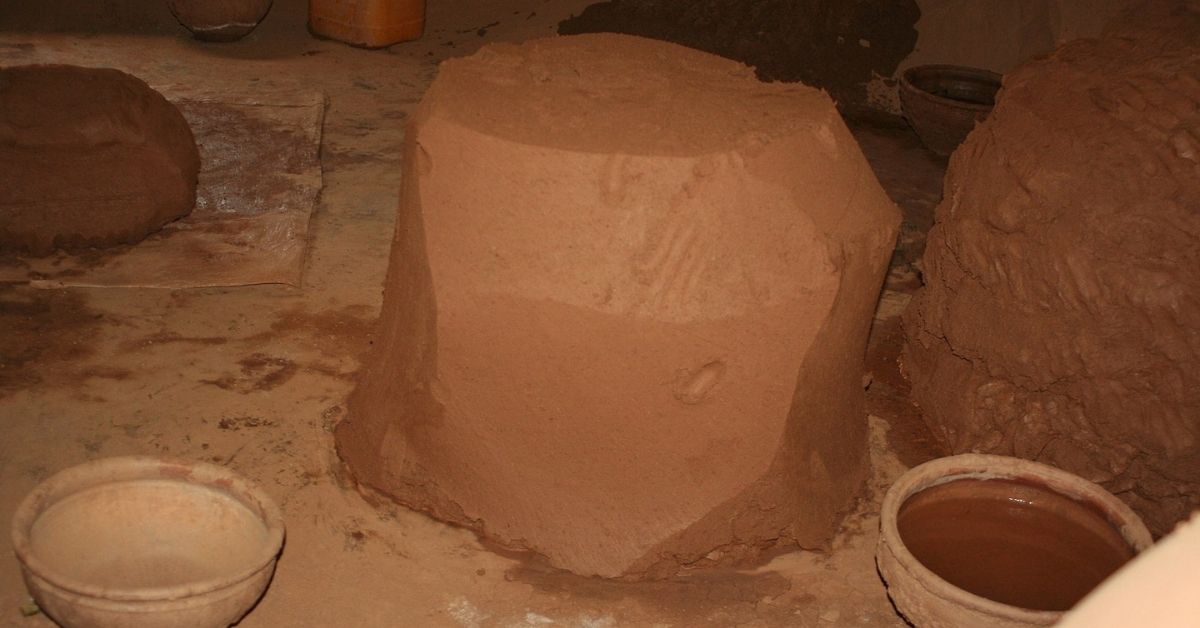
Earthenware is typically a more porous and coarse texture than its porcelain and stoneware siblings.
Earthenware was used to make some of the oldest known pottery. The most common earthenware clay is Terracotta or terra cotta. A popular culturally significant piece you might know are the terracotta warriors. But there are other types as well such as Redware (Americas) and Raku (Japan).
- Natural Red Terra Cotta Clay – After firing in the kiln it will be a nice a rich terracotta color
- How to Fire – For the best results, bisque to Cone 04 then glaze to Cone 06.
- This clay is organic, made in the USA, is non-toxic and can be used for all kinds of different crafts.
If you read our piece on Japanese pottery, then earthenware is familiar to you. Before porcelain, a vast majority of Japanese pottery was made in earthenware clay.
What it’s used for
Building materials
If you have a brick house, chances are you’re surrounded by earthenware. And earthenware has been used for construction in many cultures for many thousands of years.
Earthenware pottery
Earthenware has a rough, celebrated characteristic in ceramic arts. Commonly, you’ll find utilitarian uses of earthenware like outdoor pottery for plants and gardens. But many of the most celebrated pieces you’ll discover in a museum are also made from earthenware.
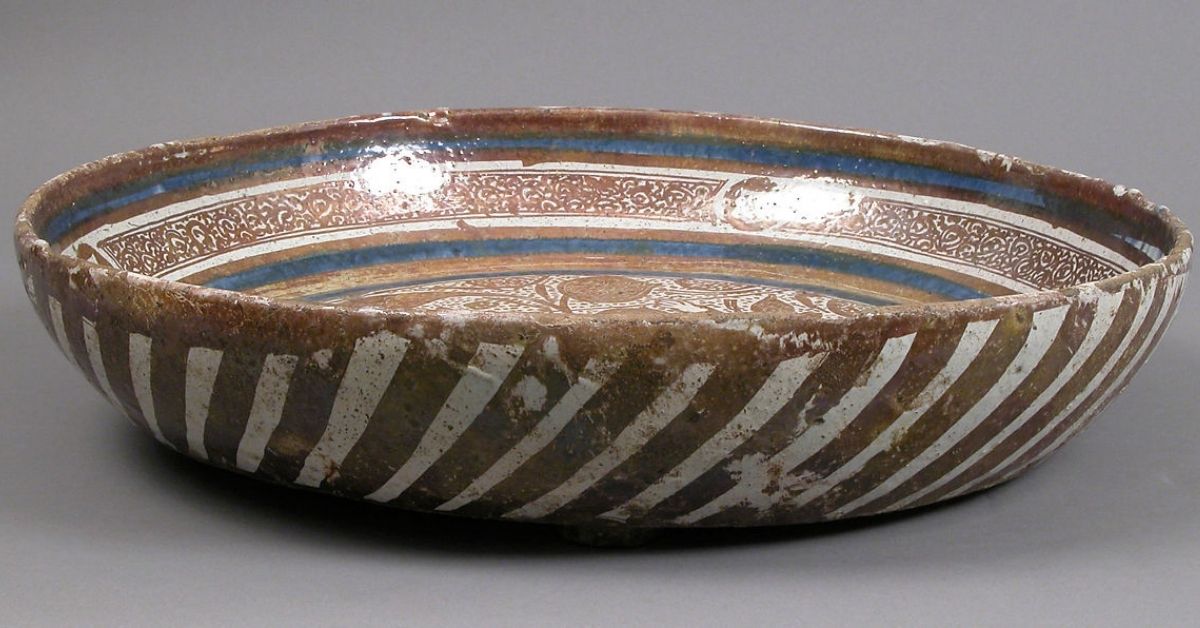
Firing
As a low-fire clay (or requires lower temperatures to fire), earthenware was great for our ancient ancestors who didn’t have high-tech kilns. Earthenware is porous. So firing is a three-step process at different temperatures if you want the clay object to hold its form when wet. First, you’ll complete a bisque firing. Second, you’ll glaze. Third, you’ll complete a glaze firing.
- Bisque Fire Temperature Range: 1828° to 2088° F
- Glaze Fire Temperature Range: 1728° to 1945° F
2. Stoneware
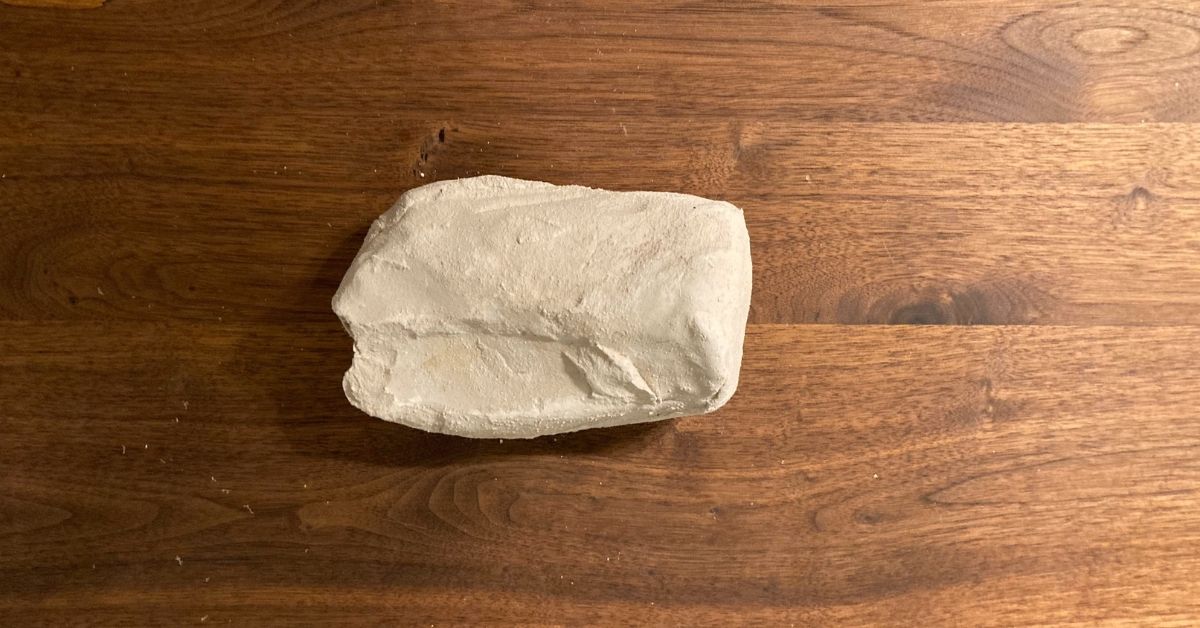
Stoneware is typically a less porous and sturdier material than its porcelain and earthenware siblings. People in the Indus valley (modern-day Pakistan and northern India) made a lot of stoneware. The use of this type of clay spread north to China. The Chinese produced some of the most celebrated ancient pieces in stoneware during the Han Dynasty (Indus Valley).
- QUALITY YOU CAN TRUST – Get ready to bring life to your creative ideas with our carefully sourced premium quality white stoneware clay for pottery that can be used to do different artistic works that look unique and rich. The professional grade of this clay ensures freshness for all types of art works!
- GREAT CHOICE – Our white high fire clay is a plastic like clay that is formulated to be flexible and strong, It can be used for wheel throwing and all types of hand building, and slab work or sculptures. This clay is fired at the range from cone 5 – 10 to achieve excellent detail and versatility!
What it’s used for
Because it’s less porous than other clays, stoneware is great for functional ware: Cooking, baking, or storing liquids. Stoneware is incredibly durable. It can withstand heat and other elements, so it’s safe in the oven, microwave, and other similar uses.
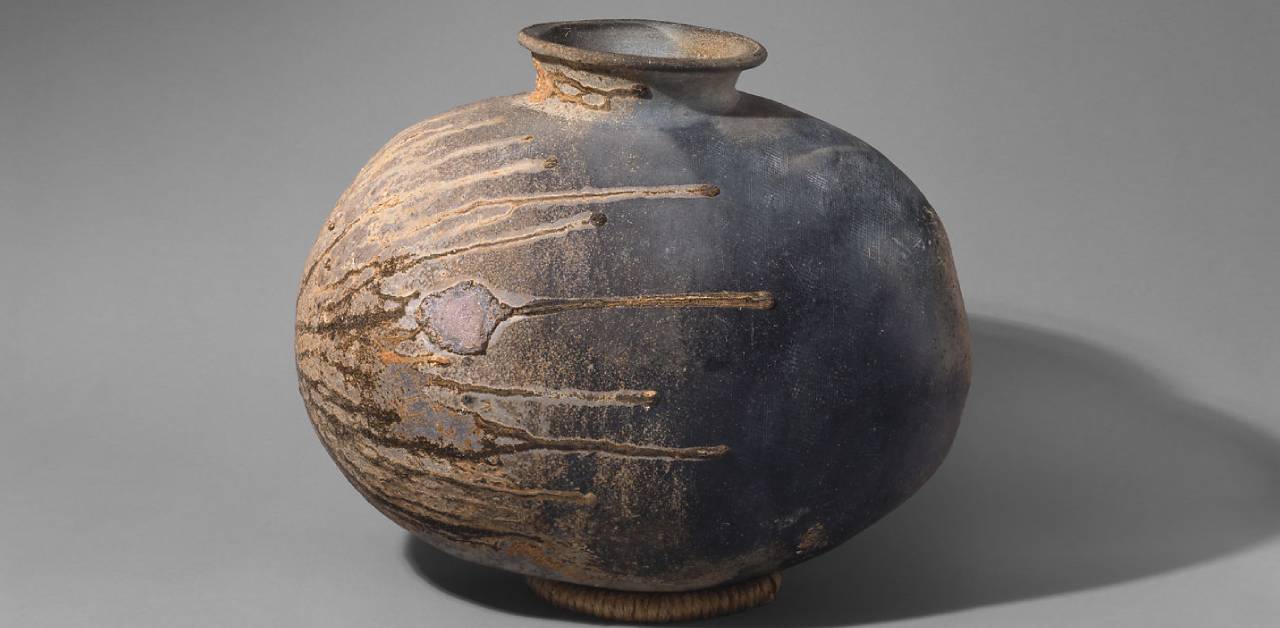
I recommend using stoneware for a beginner’s skill level. It’s a plastic clay and has nonporous properties after firing meaning it can be used for practical uses. So it’s a safer bet for a successful project than its clay siblings. It’s an excellent choice for your first go with pottery projects.
Firing
Stoneware is a high-fire clay meaning it takes high temperatures to harden. Because it’s less porous, it typically gets to the bone dry stage (stage before firing) faster than stoneware. The slow increase in the heat with a modern kiln is important to properly fire stoneware.
- Firing temperature: 2124° – 2264° F
3. Porcelain
Porcelain is an incredibly popular style due to its unique delicate finish, yet durable structure.
Porcelain clay is the source of an ancient style of making ceramics dating back to the Shang Dynasty in China (1600 – 1046 BC). Porcelain clay’s main ingredient is kaolin clay (also known as china clay). You’ve probably used porcelain pottery that mirrors the style developed so long ago if you’ve ever eaten on fine china.
- Cone: 5-6
- Wet Color: White | Firing Color: Oxidation: White – Reduction: White
Porcelain can be a challenge to use for a beginner. Porcelain has more clay particles than the other clays. Plus, the clay body requires a lot of water. The combination can spell frustration if you’re trying centering your clay when wheel throwing since when you’re new to pottery, you’ll be attempting to center your clay many times thus using a lot of water. With all the added water, porcelain has a tendency to become soft and collapse. As a beginner, this can be very frustrating.
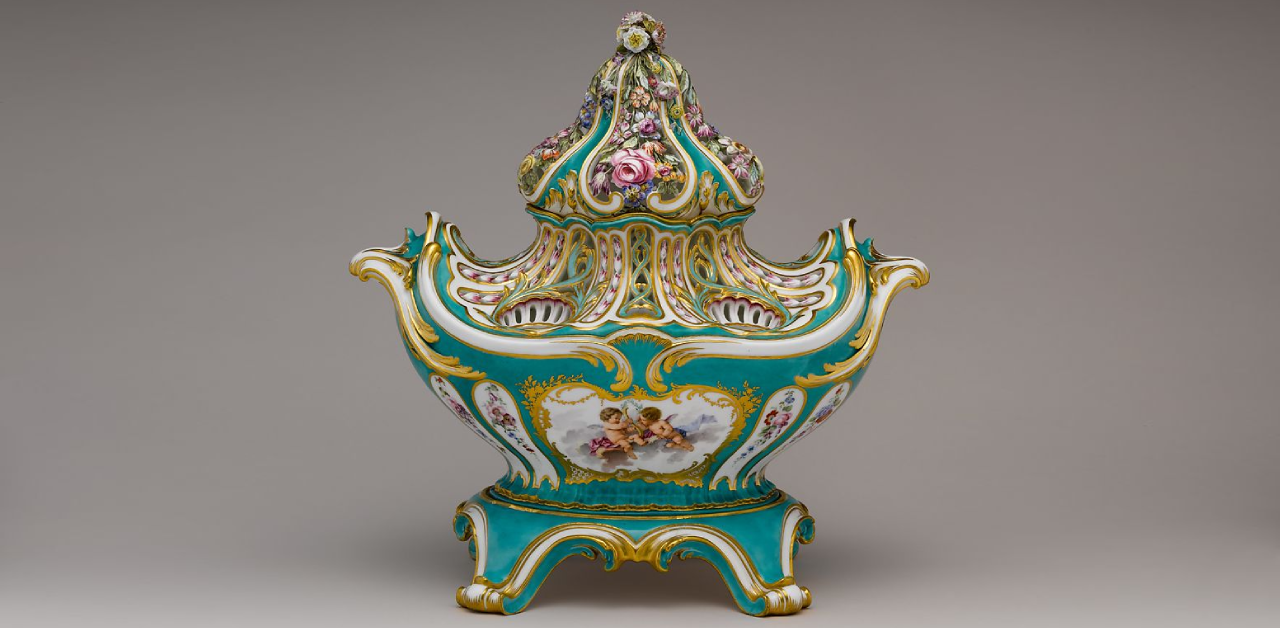
What it’s used for
Functional uses of porcelain
We’ve talked about fine china and dinnerware that’s made from porcelain. But porcelain is used for far more functional things as well. Often, toilets and bathtubs are made from porcelain. These functional items require higher temperatures than a piece of fine china or the like.
Decorative uses of porcelain
You may know of decorative knick-knacks, dolls, or collectibles made out of porcelain. There’s a beautiful tradition in Japanese pottery of traditional tea ceremonies. The pots and cups used in the ceremonies are made from porcelain.
Firing
Firing helps the porcelain clay set its shapes permanently and adheres the glaze to the vessel. Firing porcelain normally includes something called vitrify or converting something into a glass-like finish. Porcelain is often fired more than once to get a different style of finish.
- Firing Temperature Range: 2,200° and 2,600° F
4. Ball Clay
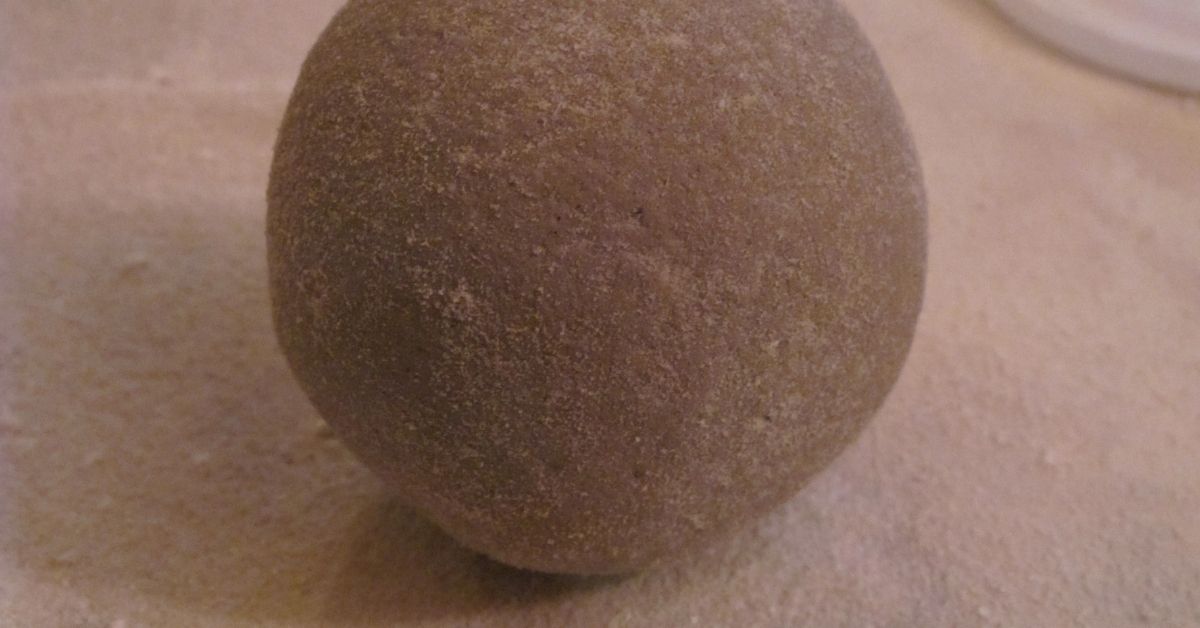
Ball clay is less abundant than the other three types of clay. Its properties are similar to that of earthenware. The big difference between ball clay and earthenware is the white finish after firing. You’ll find ball clay in the eastern United States and in Great Britain.
In fact, Great Britain has a bit of a tradition with ball clay. The earliest ball clay vessels were discovered in England. It’s believed the name comes from mining the material by hand.
What it’s used for
In the early days, ball clay was used in floor and wall tiles. But it can be used in any standard ceramic build – mugs, plates, or similar uses.
Firing
Ball clay is popular with many potters because of its white finish after firing. Ball clay is very malleable and is rather mineral pure.
- Firing: 2336° F
Summary chart
| Type of Ceramic | Firing Temperature | Characteristics |
|---|---|---|
| Stoneware | 1200-1300°C | Dense, durable, and non-porous. Often used for functional pieces such as dishes and mugs. |
| Earthenware | 800-1100°C | Porous and less durable than stoneware. Often used for decorative pieces and tableware. |
| Porcelain | 1250-1450°C | Translucent and delicate. Often used for decorative pieces and fine tableware. |
| Ball Clay | 1250-1400°C | Ball clay is popular with many potters because of its white finish after firing. Ball clay is very malleable and is rather mineral pure. |
Other clays
There are common types of clay bodies you may have heard about before, but aren’t included in this article. Ceramic clay like polymer clay or air dry clay are great options for projects that need to be quick turns or when you don’t have firing equipment. But those clays aren’t one of the primary clays potters will turn to. I left them out since the best clays for your next project will be one of the four detailed above.
Conclusion
Now you know about the 4 main types of clay for pottery: Porcelain, earthenware, stoneware, and ball clay. Want to know even more about clay? Check out our article on everything you need to know about pottery clay.
Joanna Miller
Clay Maven
I’m an artist and educator who’s head over heels in love with pottery and ceramics. Seriously, I’ve got clay running through my veins! From the moment I first touched that squishy, magical substance as a kid, I knew I had found my calling. Now I help others, from hobbyists to professionals, become their best self.

Last update on 2025-07-15 / Affiliate links / Images from Amazon Product Advertising API

